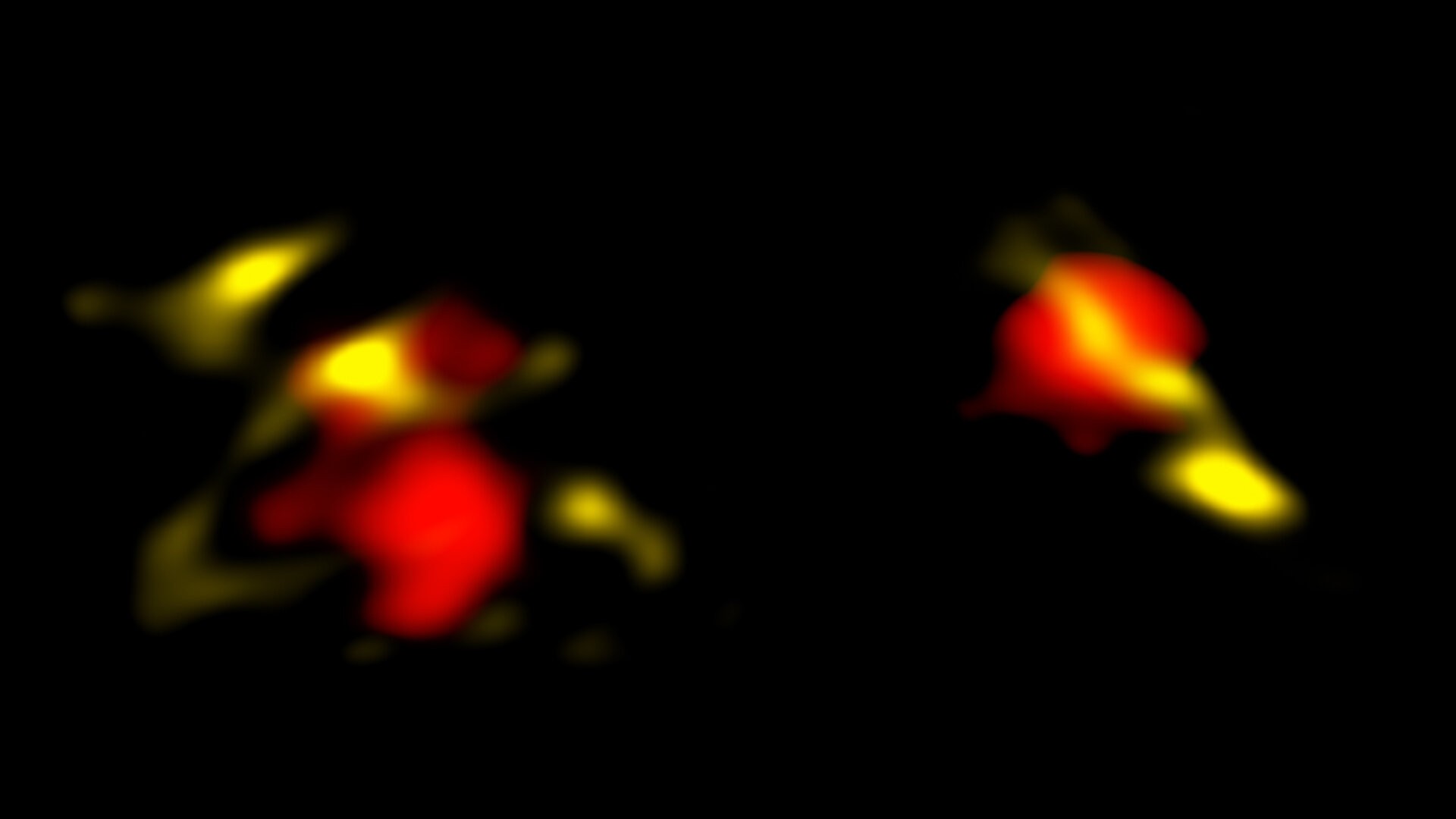A team of astronomers announces that they have identified several dozen primitive galaxies that are already very "mature" for their age. An astonishing discovery, which suggests that these objects developed faster than expected.
Most galaxies formed when the Universe was still very young. The Milky Way, for example, probably started forming 13.6 billion years ago, or just about 200 million years after the Big Bang. About a billion years later, these galaxies then went through a "growth spurt", forging most of their stellar mass and becoming more like they are today.
To better understand the evolution of galaxies, it is therefore important to focus on this primitive era. With this in mind, researchers have relied on the Atacama Large Millimeter/Submillimeter Antenna Array (ALMA) in Chile to probe the "growth spurt" of 118 ancient galaxies (Project ALPINE). To their surprise, they then found that at that time, some of these objects were already very "mature".
Note that galaxies are considered more "mature" than "primitive" when they contain a significant amount of dust and heavy elements. "We didn't expect to see so much of this material in these distant galaxies" , explains Andreas Faisst, of Caltech. The presence of these elements, forged by dying stars, thus suggests that one or more stellar generations had already developed at that time .
“From previous studies, we know that these young galaxies are normally dust-poor” , continues Daniel Schaerer of the University of Geneva. “However, we find that about 20% of the galaxies that assembled at this early time were actually already very dusty . And that a significant fraction of the ultraviolet light from newborn stars was already hidden by this dust. .

Many galaxies were also considered relatively "mature" due to their already well-formed structure. Some, for example, did indeed show early signs of supported spinning disks – which could later lead to spiral-shaped galaxies, like the Milky Way. Again, the discovery is unexpected since, at the time, galactic collisions were much more frequent. In other words, astronomers expected to find only "wreckage". However, a number of them already seemed to be evolving in a very orderly fashion, showing no "scars".
In the past, ALMA had already spotted this type of galaxy, very distant but already very mature. Examples include "MAMBO-9" (a very dusty galaxy) and the "Wolfe Disk" (a galaxy with a spinning disk). However, until now we thought these findings were relatively unique. However, this new study seems to suggest that galaxies evolved faster than expected in the early Universe.